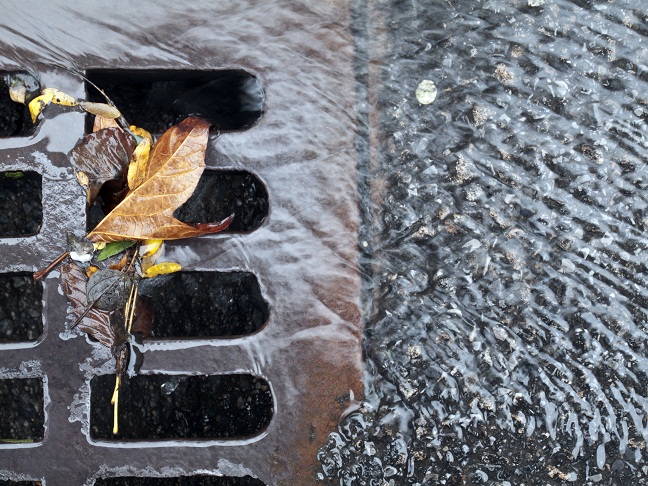On Nov. 20, the U.S. Environmental Protection Agency (EPA), the U.S. Department of Justice, and the State of Ohio announced a Clean Water Act settlement with the City of Lima, Ohio. The consent decree, which Lima and EPA have been negotiating for the past 10 years, will address combined sewer overflows (CSOs) released into the Ottawa River during wet weather. It is also the first EPA-approved consent decree to be built on the agency’s 2012 integrated planning framework.
The proposed consent decree, subject to a 30-day public comment period, requires Lima to more than double wastewater treatment capacity — from 114,000 to 265,000 m3 (30 to 70 million gallons). Lima also will reduce sewer overflows by fully or partially separating stormwater and sewer lines, constructing a new 49,000 m3 (13-million gallon) storage tank and installing a pump system.
The consent decree gives Lima 24 years to fully comply, and it allows the city to prioritize the most environmentally beneficial projects and modify decree provisions based on financial capabilities. The city may modify certain control measures or extend a milestone by 5 years if it experiences “significant adverse changes to its financial circumstances or other financial or budgetary issues.”
Lima also will entirely eliminate sanitary sewer overflows in stages throughout the life of the consent decree. These and other improvements will cost an estimated $147 million. Lima also will pay a civil penalty of $49,000, to be split evenly between the federal government and State of Ohio.
Further, Lima agreed to remove and replace dead or compromised trees along the banks of the Ottawa River. This estimated $218,000 revitalization project is expected to improve water quality and benefit the aquatic ecosystem in the Ottawa River.






